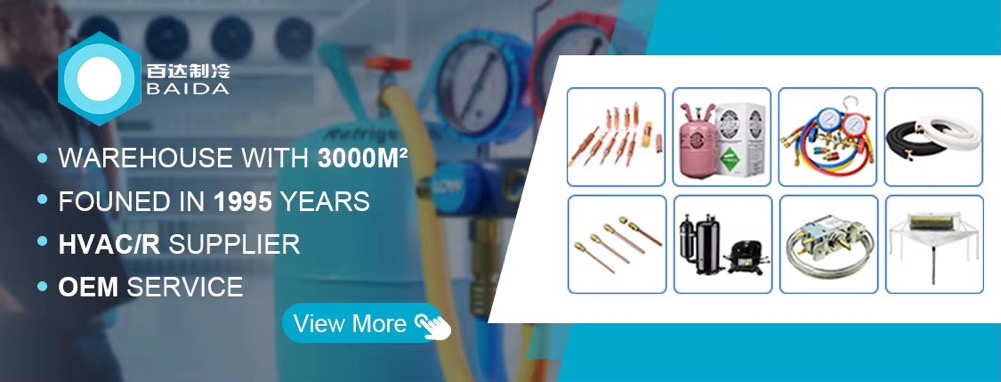1. Product Features:
Material: Usually made of durable materials such as stainless steel or zinc alloy, with good corrosion resistance and strength.
Design: The design is modern, the appearance is simple, and it is easy to match with various door styles.
Versatility: It integrates the functions of hinges and locks, providing door opening and closing and locking mechanisms.
Easy Installation: The design takes into account the convenience of installation, usually fixed by screws, easy to install and maintain.
2. Technical Specifications:
Dimensions: The specific dimensions may vary from manufacturer to manufacturer, but usually include the length, width and thickness of the door hinge, as well as the size of the lock.
Hole Position: The door hinge and lock part may have multiple holes for fixing screws to ensure the stability of the installation.
Load-bearing capacity: It can withstand a certain weight and is suitable for regular door weights.
Opening and Closing Angle: It usually allows the door to open and close to a certain angle, such as 90° or 180°, depending on the design of the product.
3. Installation Steps:
Preparation: Prepare the necessary tools and materials according to the product manual.
Positioning: Mark the installation position of the hinge and lock on the door and door frame.
Drilling: Drill holes according to the marked positions, and the hole diameter and depth should match the screws.
Fix: Align the hinges and locks with the holes and fix them with screws.
Adjustment: After installation, fine-tuning may be required to ensure smooth opening and closing of the door.
Testing: After installation, open and close the door several times to check whether the hinges and locks function normally.
4. Applicable scenarios:
Interior doors: Doors suitable for indoor environments such as homes and offices.
Commercial doors: Doors suitable for commercial places such as shops and restaurants.
Industrial doors: Doors suitable for industrial environments that require durability and security.

















